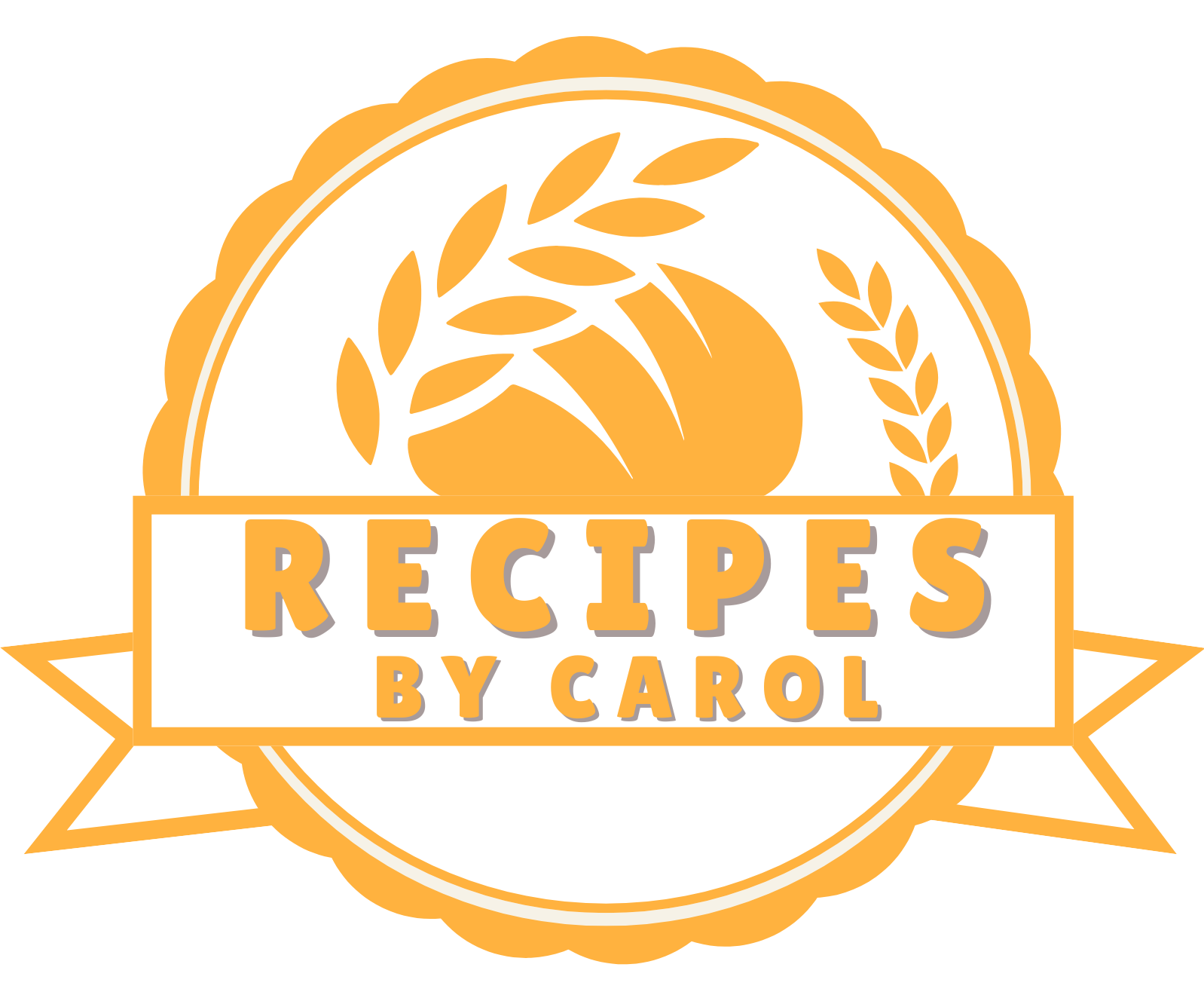The German Bean Soup is more than just a comforting bowl it’s a reflection of European culinary heritage. This traditional one-pot dish combines creamy white beans, smoky sausage, and tender root vegetables in a broth infused with herbs like marjoram and bay leaf.
Perfect for cold nights or cozy weekends, this soup delivers robust flavor with minimal effort, using pantry staples you likely already have. Pair it with a crusty slice of sourdough or German rye bread for a satisfying, heartwarming meal that invites everyone to slow down and savor.
Full Recipe:
Ingredients:
-
2 tbsp olive oil
-
1 medium onion, chopped
-
2 cloves garlic, minced
-
2 medium carrots, diced
-
2 celery stalks, diced
-
2 medium potatoes, peeled and cubed
-
200g smoked sausage, sliced
-
400g canned white beans, drained and rinsed
-
1 bay leaf
-
1/2 tsp dried marjoram
-
1/2 tsp ground black pepper
-
Salt to taste
-
1 liter vegetable or chicken broth
-
Fresh parsley for garnish
Directions:
-
Heat olive oil in a large pot over medium heat.
-
Add chopped onions and garlic. Sauté until translucent, about 2–3 minutes.
-
Stir in diced carrots, celery, and potatoes. Cook for 4–5 minutes.
-
Add sliced smoked sausage and cook for another 3–4 minutes, allowing them to lightly brown.
-
Pour in broth, then add white beans, bay leaf, marjoram, pepper, and salt.
-
Bring to a boil, reduce heat, and let simmer for 25–30 minutes or until vegetables are tender.
-
Discard the bay leaf. Taste and adjust seasoning if necessary.
-
Garnish with freshly chopped parsley before serving.
Prep Time: 10 minutes | Cooking Time: 35 minutes | Total Time: 45 minutes
Kcal: 310 kcal | Servings: 4 servings
German Bean Soup: A Warm Embrace of Tradition, Flavor, and Simplicity
Few dishes capture the spirit of comfort, resilience, and tradition as elegantly as German Bean Soup. Known in its native tongue as Bohnensuppe, this timeless staple of German home cooking is more than just a meal it’s a culinary bridge between generations, an emblem of regional identity, and a testament to how humble ingredients can craft something deeply satisfying.
At first glance, German Bean Soup may seem straightforward: a simple blend of white beans, smoked meats, root vegetables, and broth. But behind this modest profile lies a dish with deep cultural roots, nuanced regional variations, and enduring popularity that transcends borders. Today, it continues to grace dinner tables not only in Germany but also in homes worldwide where comfort food meets clean, rustic eating.
A Dish Born of Necessity and Ingenuity
German Bean Soup’s origins are closely tied to the rhythms of rural life. In pre-industrial Germany, much of the population lived in agrarian communities. Winter posed serious challenges when fresh produce was scarce, and families relied heavily on preserved, dry, or long-lasting ingredients. Beans, with their long shelf life, high protein content, and affordability, became a vital part of the diet.
In many households, especially during post-war years or periods of economic hardship, bean soup was a means to stretch limited food supplies. Root vegetables like potatoes and carrots, which stored well in cellars, added bulk and nutrition. When available, smoked sausage or bacon offered richness and umami, transforming the soup into a more indulgent affair. This “poor man’s meal” quickly earned a beloved spot in the German culinary repertoire, not just for its practicality but also for its hearty flavor and soul-soothing qualities.
Regional Variations: A Culinary Map of Germany
What makes German Bean Soup particularly fascinating is the way it evolves across different regions of Germany. Much like stews in France or chili in the United States, each region and even each household has its own take on the classic.
Southern Germany, including Bavaria and Swabia, tends to favor robust, meaty versions of the soup. It’s not uncommon to find smoked pork (like speck), dense sausages (Landjäger or Wiener), or even ham hocks in the mix. The flavors are deep and smoky, and the broth can take on a stew-like thickness, sometimes enhanced by mashed potatoes or a flour-based roux.
In contrast, Northern German variations lean lighter and are more brothy. These versions prioritize herbs such as marjoram, thyme, or parsley and may include fewer meats or none at all, allowing the flavor of the beans and vegetables to shine.
Eastern Germany, especially areas that were part of the former DDR (East Germany), often reflects the realities of Cold War-era rationing. Canned goods and preserved meats became integral components, resulting in a no-frills, straightforward soup that nonetheless carries a rich emotional legacy. It is in these variations that one can truly taste history a fusion of resourcefulness, adaptation, and community.
The Heart of the Flavor: A Study in Balance
The magic of German Bean Soup lies in its layered, balanced flavor. While its ingredients are simple, the interplay of creamy beans, starchy vegetables, and smoky sausage yields an experience far greater than the sum of its parts.
The beans offer a silky base with a gentle nuttiness. Potatoes and carrots bring earthiness and sweetness. Celery and onions provide aromatic backbone, while herbs like marjoram deliver a subtle, almost floral sharpness that cuts through the richness of the broth. When sausage is added especially varieties that have been smoked the result is a broth imbued with depth and warmth, making each bite feel both nourishing and indulgent.
This flavor profile is also remarkably forgiving. You can add leafy greens like kale or cabbage toward the end of cooking for extra nutrition. Spice lovers may enhance it with chili flakes or paprika. You can make it creamy with a swirl of sour cream or keep it brothy and light. It’s endlessly adaptable yet reliably comforting.
A Nutritional Powerhouse in a Bowl
Though often viewed through the lens of tradition, German Bean Soup is surprisingly well aligned with modern nutritional values. Beans are an excellent source of plant based protein and dietary fiber, making the soup naturally filling and heart-healthy. They’re known for supporting digestion, managing blood sugar, and even lowering cholesterol.
The inclusion of root vegetables adds vital vitamins like A, C, and K, as well as minerals such as potassium and magnesium. When prepared with lean sausage or vegetarian broth, the dish can easily be modified to meet a variety of dietary needs from high-protein, low-fat options to vegetarian or even vegan versions.
Its clean ingredient list, absence of processed foods, and reliance on whole, seasonal produce also make it an ideal choice for anyone pursuing a “real food” lifestyle. In an age where people are increasingly aware of what goes into their bodies, German Bean Soup offers a nourishing, satisfying solution without compromise.
Serving Suggestions: From Humble Pot to Table Celebration
Traditionally, German Bean Soup is served hot in generous portions with a slice of hearty bread rye, sourdough, or a rustic German loaf like Vollkornbrot being typical companions. The bread helps soak up the flavorful broth and adds another texture to the meal.
To elevate the presentation, a drizzle of olive oil or a dollop of crème fraîche on top can add a touch of richness. Garnishes like freshly chopped parsley, chives, or even crispy bacon bits can introduce freshness or crunch. For a full German-inspired experience, consider pairing it with a side of sauerkraut, a soft pretzel, or a stein of dark lager.
And while it shines as a standalone dish, it’s also a perfect starter for a multi-course dinner, particularly in the colder months. Its warm, inviting nature makes it an ideal way to begin a holiday gathering or a cozy night in.
Timeless Appeal in the Modern Kitchen
Why does a centuries-old recipe like German Bean Soup still matter in today’s fast-paced, convenience-driven world? The answer lies in its authenticity and versatility.
This dish encourages a return to slower cooking a chance to simmer, to stir, to savor. In a culture increasingly drawn to instant meals and processed snacks, the act of preparing and enjoying a pot of bean soup feels almost radical in its simplicity and mindfulness. It’s a dish that nourishes the cook as much as the diner.
It’s also budget-friendly, ideal for meal prepping, and easily scalable for families or gatherings. Leftovers often taste even better the next day as flavors deepen and meld, making it both practical and delicious.
Whether you’re new to German cuisine or grew up eating this soup in your grandmother’s kitchen, there’s something profoundly grounding about a dish that connects people across continents and generations.
Conclusion:
German Bean Soup is more than just a recipe it’s a tradition served by the ladle, a testament to resourcefulness and care. It reflects the resilience of everyday people who, for generations, created beauty from simplicity. It invites us into a world where food is not only sustenance but also history, heritage, and heart.
Adding this dish to your repertoire means more than making a pot of soup. It means joining a tradition that spans time and geography. It’s a reminder that real comfort isn’t found in extravagance but in authenticity in the slow bubbling of beans, the aroma of simmering herbs, and the warmth of a shared meal.
So next time you’re looking for something wholesome, delicious, and meaningful, let German Bean Soup be your answer. It’s timeless, adaptable, and above all soulfully satisfying.






